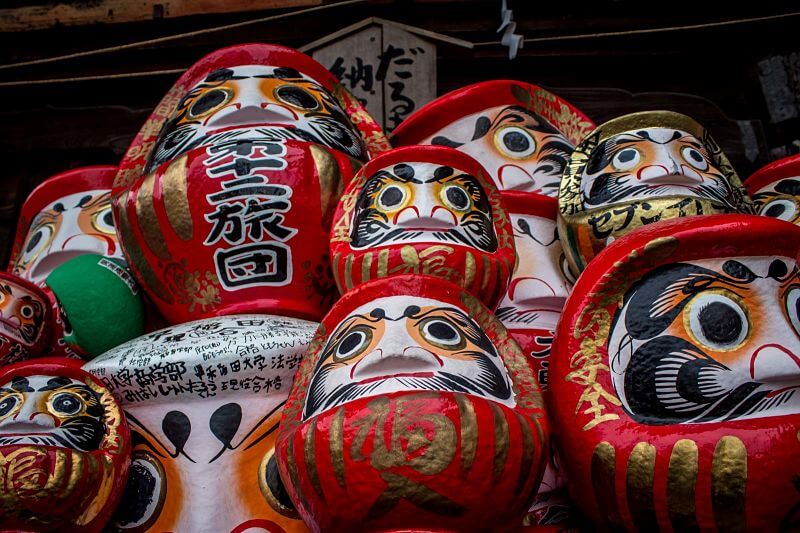Although after the isolation era, Japan has adopted and mixing cultural practices from all over the world, Japanese traditional culture since the Edo era is still maintained and developed. Japan is famous worldwide for its significant culture, manners, and etiquette that can hardly be found anywhere else. Since some of those seem to be quite strict, foreigners should acknowledge several must-know facts before traveling to Japan. Here is our Japan Shore Excursions’ guide to help foreign tourists best experience Japan without much worrying.
Japanese Traditional Customs and Manners
Take your shoes off
When you enter a home in Japan, you should take off your shoes and put on slippers instead. But with houses whose floor covered with tatami mat, you will have to take your slippers off as well. This may confuse many foreign visitors but it is actually a widely practiced custom.
Bow when greetings
The traditional form of greeting in Japan is a bow, this manner shows respect towards the recipient. A bow can be considered as a slight nod of the head or a deep bend at the waist which shows the sincerest respect. People bow not only to greet each other but also to thank, apologize or make a request. But for foreigners, a handshake is accepted and more expected.
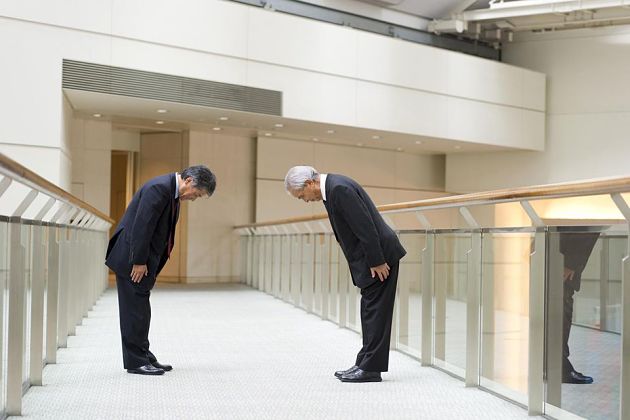
Table manners
This might be known as one of the most stringent customs in Japan. You should wait to be told where to sit, the center seat often belongs to the guest of honor or the eldest guest. Before dining, Japanese people always say the phrase “itadakimasu” meaning “Let’s eat” and “gochisousamadeshita” at the end of the meal.
Chopstick use is important and there are some rules you need to keep in mind: You should never point with them, stick them into your food when you are not eating, and lay them on the chopstick rest when chewing, especially making sure not to cross them. If you want to share food, never pass it chopsticks to chopsticks but only use them to place food on the other’s plate instead.
Slurping sounds may be annoying to some people but in Japan, it is known as a way of complimenting the chef who made the delicious dish. It is like a way to show that you have really enjoyed the food and appreciated their flavor,
Stay on the left side when walking
The clearest example might be at railway stations. Japanese always stand on the left side of escalator or stairs in order to make ways for people who maybe rushed and want to catch trains on time. This happens the same when you walk around, to keep yourself safe, you must stay on the left side to avoid bumping into others.
Sitting Seiza
Seiza is a traditional way of sitting on Japanese tatami floors. It is a common and appropriate way to sit at formal occasions such as rituals at a Shinto Shrine. Holding for long periods of time can be quite challenging for some people.
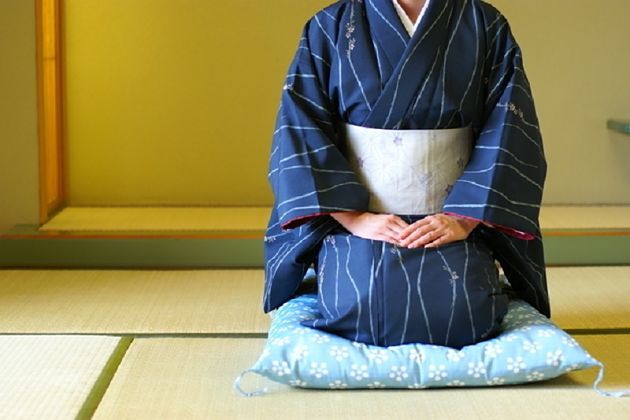
Etiquette When Visiting An Onsen
Onsen is known as hot bathing in Japan which help people get rid of stress and relax.
Foreigners can find this public bath quite intimidating and embarrassing when everyone gets into the same bath naked. In fact, everyone needs to wash up before coming to the bath. Especially, no cameras and photos are allowed when you are inside. And make sure you just stay in the bath for an appropriate time because staying for too long can cause a bad affect on health. Just remember to wash up and rinse off first and once you get used to it, you may love this traditional custom.
Japanese Body Language
Non-verbal communication is pretty common and important in Japanese society. Now let’s join Japanese Shore Excursions’ team to take a look at some reminders:
- When first meeting your hosts, just shake their hands slightly instead of hearty shake. This can make them feel uncomfortable and leave a bad impression
- “OK” sign in Western culture means “money” in Japan
- You should never make indecent remarks about anyone
- You should not pat a Japanese man on the back or shoulder
Japanese Culture Facts in Business Meetings
Dress Code in Japan
- For men
From October to April, wear dark suits (navy or black) with a white shirt and subdued tie. From May to September a grey suit is preferable. Black suit, white shirt, and black tie are funeral attire. - For women
Wear trousers suits or longer skirt suits with seasonal colors as for men.
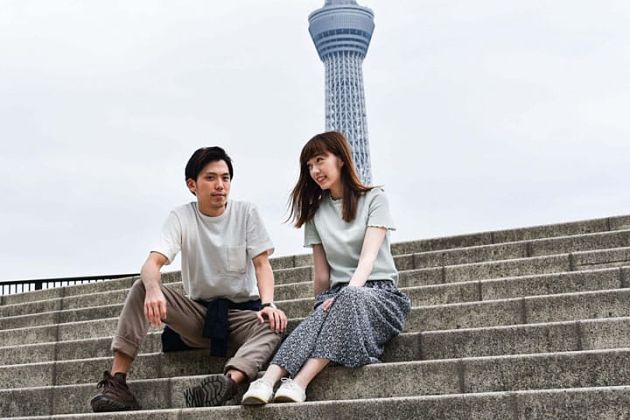
Manners When Visit Japan
- Be punctual
Make sure you are punctual otherwise you will be considered as rude - Tips on exchanging business cards
Exchanging business cards is extremely common and important in Japanese business. You should use both hands when giving and receiving your card, which should be printed in both languages. Remember to present the card with the Japanese side facing up. When receiving business cards from your counterparts, make it seems like you have examined it clearly before placing it on the table - Offering gifts
Japanese people often refuse a present twice before actually accepting it. Gifts are opened in private Before accepting a present, it is polite to modestly refuse it twice before finally accepting. Gifts are opened in private and you should reciprocate later. You should not offer a gift to only one person while there is a group of people. White flowers and red Christmas cards as presents should be avoided. Japanese people love Karaoke and take it as an occasion to discuss works so don’t be hesitate if you are invited to sing
Japanese Sports Culture
Sumo – the national sport of Japan
Sumo is a typical Japanese tradition dating back to at least the 8th century. Began as a prayer for a fruitful rice harvest, sumo has evolved into a public sport loved by everyone. This sport involves two men fighting in a circular ring, if one is knocked out of the ring or any part of his body apart from the bottom of his feet touched the ground, his rival will win.
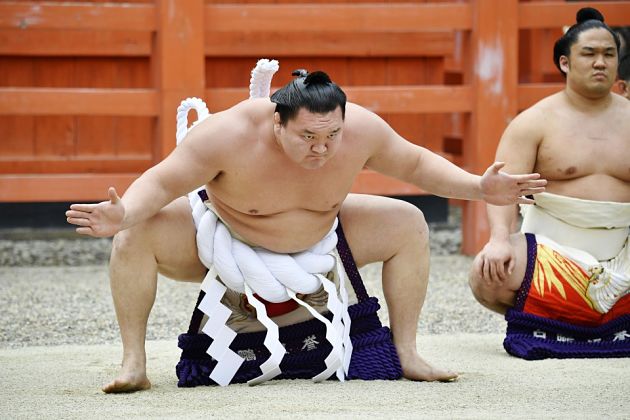
Baseball – the most popular sport in Japan
Introduced to Japan in the 1870s, baseball nowadays is so popular in Japan that it becomes a topic in a lot of anime and manga. A series of exhibition games played with American baseball legends like Babe Ruth, Lou Gehrig, and Joe DiMaggio also helped baseball to grow in popularity. Perhaps the reason for its rapid growth is the discipline, hard work and teamwork that characterize the game
Japanese Food & Drink Culture
Sushi – the most famous Japanese food
Though sushi just became popular in Western for just a few decades, it was actually originated a long time ago, at least since the 8th century. Back in history, sushi began as a way for fish to be preserved in fermented rice evolved into the delicious dish we know today. There are many types of sushi. The most popular fish for sushi in Japan include salmon, red tuna, and medium-fatty tuna. For more interesting information, a brief about this iconic dish in Japan has been included in our Japan Shore Excursions’ Things you need to know about sushi.
Traditional Tea Ceremony – the best way to experience Japanese culture
Tea ceremonies are a common part of Japanese culture that has been kept until today. This formal custom is taken seriously as Japanese art. These ceremonies are believed to have been greatly influenced by Buddhist practices. Japanese tea ceremonies carry deep meaning to the country that any participants should feel honored. On such an occasion, each guest plays a role in the ceremony and their seats depending on their ranking.
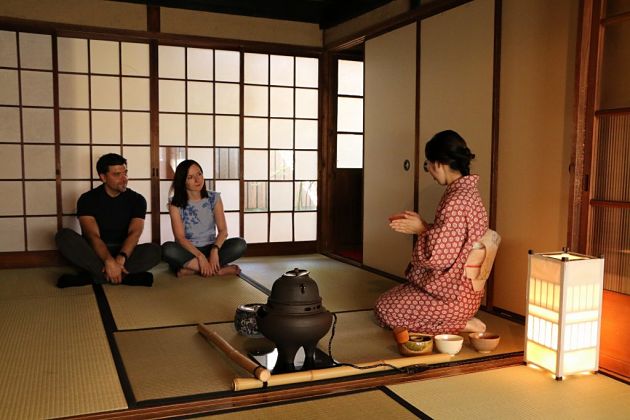
Horse meat – one of the most common dishes in Japan
It may sound strange at first but in fact, horse meat is quite popular in Japan. Horse meat is often served raw and sliced thinly. It can be enjoyed with soy sauce and ginger.
7 Interesting Facts About Japan
- Japanese are more into coffee rather than tea
Although Japan still maintains and practices its traditional tea ceremonies, figures show that the Japanese are more into the coffee. In fact, Japan is responsible for the importing and consuming of about 85% of Jamaica’s coffee production. - Almost any Japanese can read and write
The literacy rate of Japan is among the highest in the world, at almost 100%. Explain for this impressive figure, it may due to Japan’s rigorous education system. Another surprising figure is 4% which is the unemployment rate in Japan. - Japanese writing systems are complicated
There are four different writing systems found in Japan: romaji, katakana (used only to write foreign words and names, loanwords, and scientific names), hiragana (used for native Japanese words and grammar), and kanji (adopted Chinese characters). It is pretty hard to just use English for communication in Japan where people mostly speak their language and not fluent in English. Hope that with our Japan Shore Excursions’ help, you can prepare yourself basic Japanese words and phrases while visiting here. - Japan is home of vending machines
This country is famous for its various vending machines with colorful items, which offers customers a wide choice ranging from food and snacks to drinks or even Smart Cars.
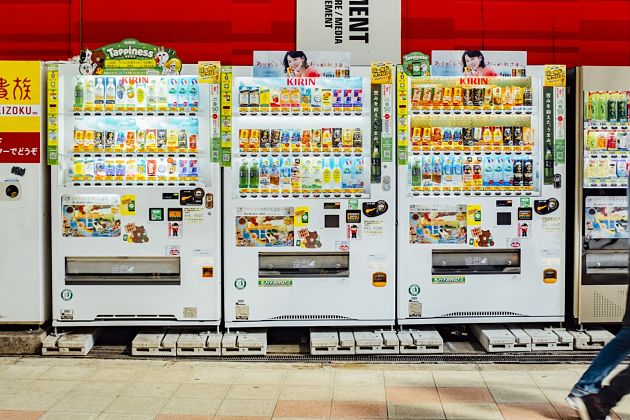
- Japan is the motherland of anime
Their animated output including both films and television accounts for about 60% of the world’s animation. There are also about 130 schools of anime voice acting available in the country. - Japanese live longer lives
With a balanced diet and healthy sources of ingredients, around 23% of Japanese people are over the age of 65. For years, Japan is still holding the highest proportion of elderly people in the world. - The first Geisha were men
Geisha literally means ‘person of the arts’, although most people assume geisha are women, the first geisha were actually men who advised feudal lords to allow artistic performances and stories in entertaining the court. In the late 18th century did female geishas begin entertaining. After their first appearance, female geishas grew in popularity rapidly and eventually outnumbered males.

